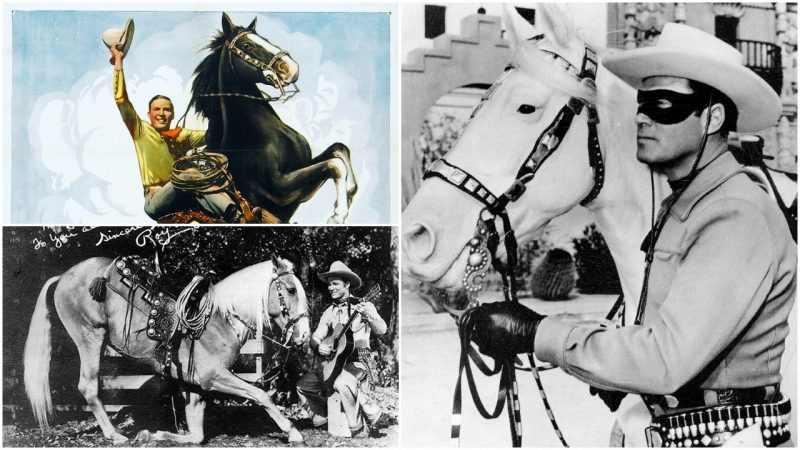The genre of the Western is among the most prolific and most popular of cinematic genres. Western movies became hugely popular in the early 20th century, when cowboys, Indians, and thrilling plots overtook the screens. They were popular throughout the century, and they remain popular today when many contemporary directors strive to recreate the alluring atmosphere of the Wild West.
A typical Western movie features several things that make it instantly recognizable: cowboy hats, long-barreled revolvers, gritty attires, shabby towns, vast wilderness, heroes, sidekicks, and horses. Fans of Western movies often concentrate on the adventures of the heroes and their sidekicks, and overlook the importance of horses. However, aside from being the most common means of transportation, horses are crucial to the genre of the Western; they often play huge roles and enable the heroes to accomplish their quests. Some horses from Western movies had careers as prolific as that of their riders. They were named “Wonder horses” because they became genuine screen personalities.
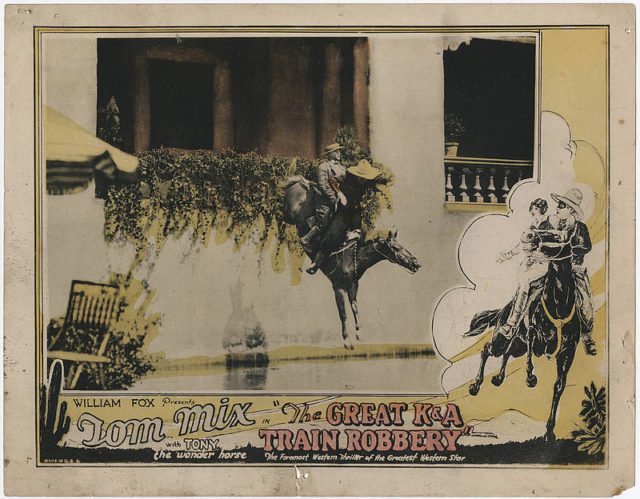
Gene Autry’s horse, Champion, starred in many Western movies before Autry went to fight in World War II. Champion was the original “Wonder Horse”, as he was extremely intelligent and willful. He was able to perform many tricks, and he could even untie complex rope knots, which often baffled the audience. Champion died before Autry returned from the WWII and Autry, devastated, had him buried on his famous Melody Ranch. Nowadays, Champion’s hoofprints can be seen in front of the Graumann’s Chinese Theatre in Hollywood.
Pie, a beautiful chestnut gelding horse, was the favorite horse of the acclaimed actor James Stewart. Pie’s first movie appearance was in the movie “Winchester 73” in 1950, where he was ridden by Stewart.
Pie continued his Western movie career until 1968, when he appeared in his last movie, “Bandolero”, also alongside James Stewart. Stewart loved Pie so much that he offered astronomical sums of money to the horse’s owner several times, but the owner refused to sell it.
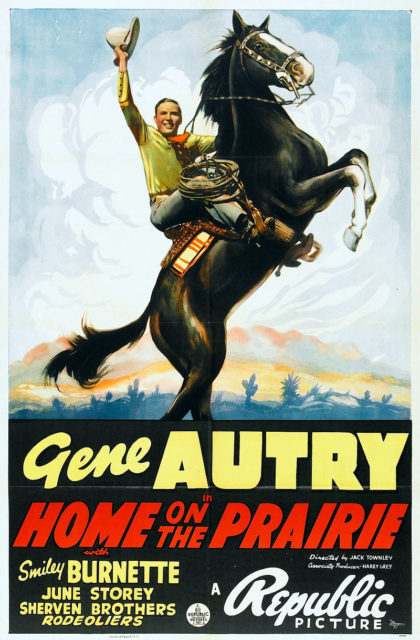
Silver was the horse central to the long-running Western series “The Lone Ranger”. The horse’s name in the series was also “Silver”, as he was found wandering by the entrance of a silver mine by Tonto, the Lone Ranger’s Indian sidekick. Silver was very well-trained and extremely intelligent, and the audience loved him as much as they loved the Lone Ranger. Silver was so popular that he won the PATSY (Performing Animal Television Star of the Year) award in 1957, after appearing in many films over the years.
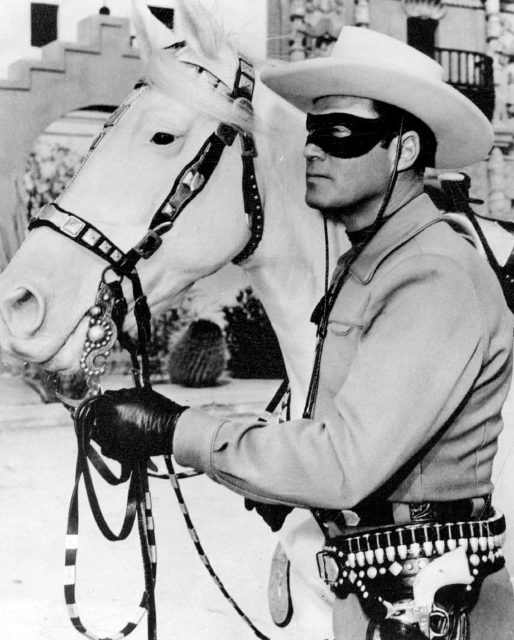
Trigger, a palomino stallion, was the horse of Roy Rogers. He was named “The Smartest Horse in the Movies”, because he could perform over 60 different tricks. He appeared in all of Rogers’ 81 films and 101 various TV shows. He died in the 1965, aged 33. After his death, Trigger was stuffed and displayed in the Roy Rogers Museum in California until the closure of the museum. Stuffed Trigger was recently sold to the TV magnate Patrick Gottsch, who plans to display it in the headquarters of his RFD-TV in Nebraska.
Prolific actor and musician Smiley Burnette is perhaps best known for his role as Gene Autry’s comic sidekick Frog Millhouse. He appeared alongside Autry in many films, as well as his trademark horse, Ring Eye. Ring Eye was a completely white horse with a distinct black ring around his left eye. The audience often wondered whether the ring around the horse’s eye was natural or artificial: it turns out that the horse was in fact completely white, but had a small black spot above his left eye.
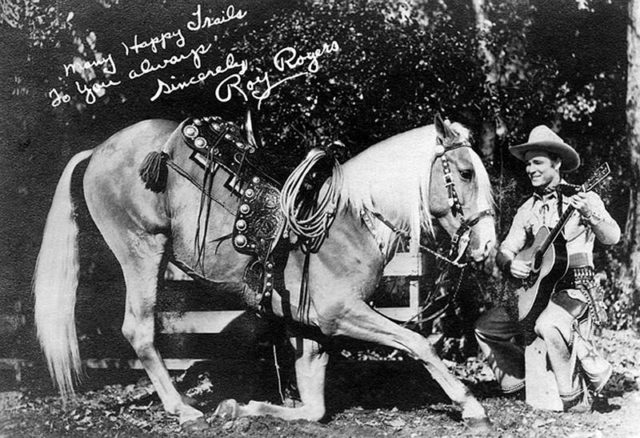
Burnette once jokingly used shoe dye to draw a ring around the horse’s eye, and realized that the ring made the horse unique. The ring was then drawn around the horse’s eye in every following movie of the horse’s career, and his career was quite prolific as he starred in more than 56 movies.
